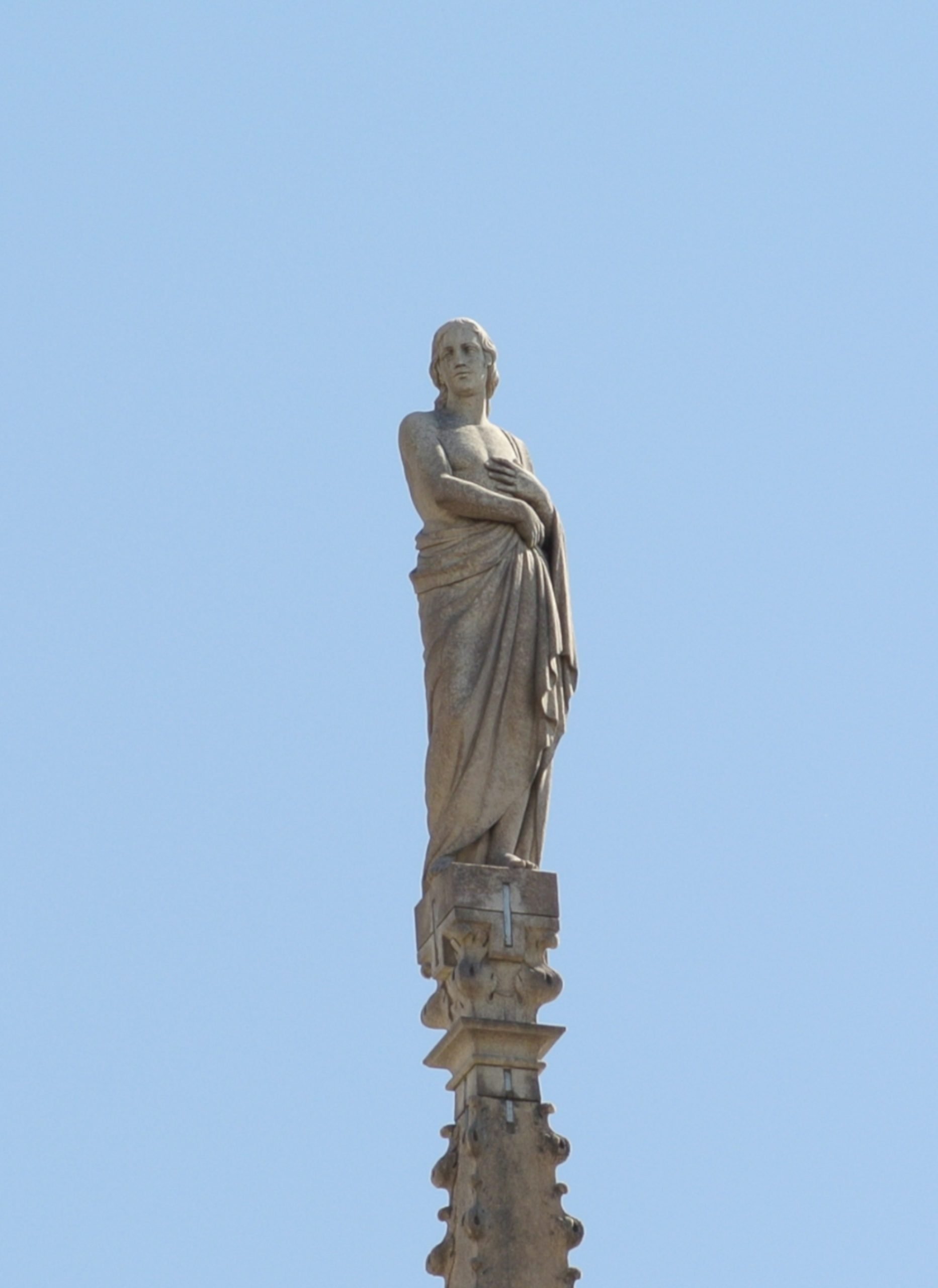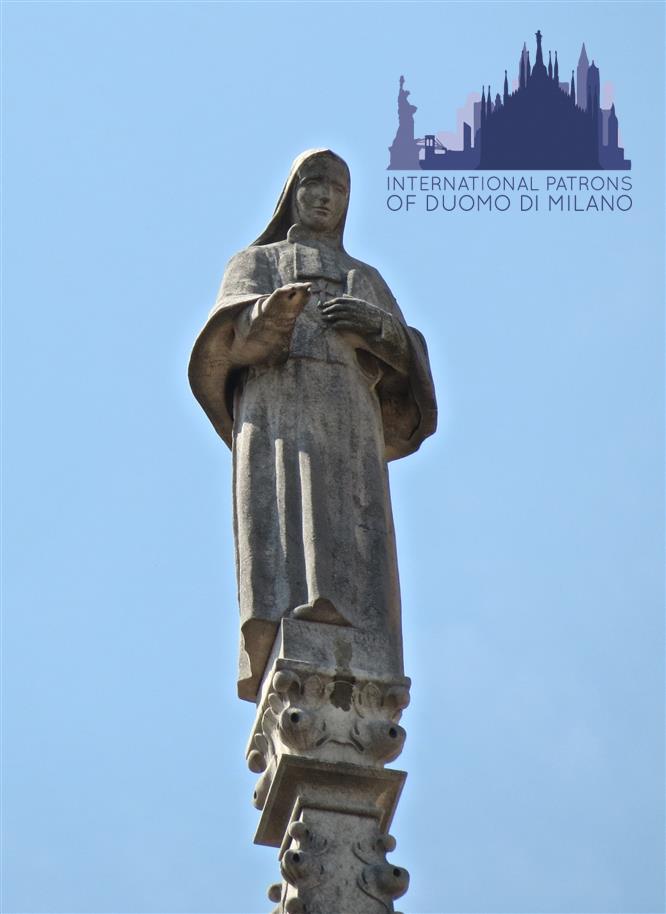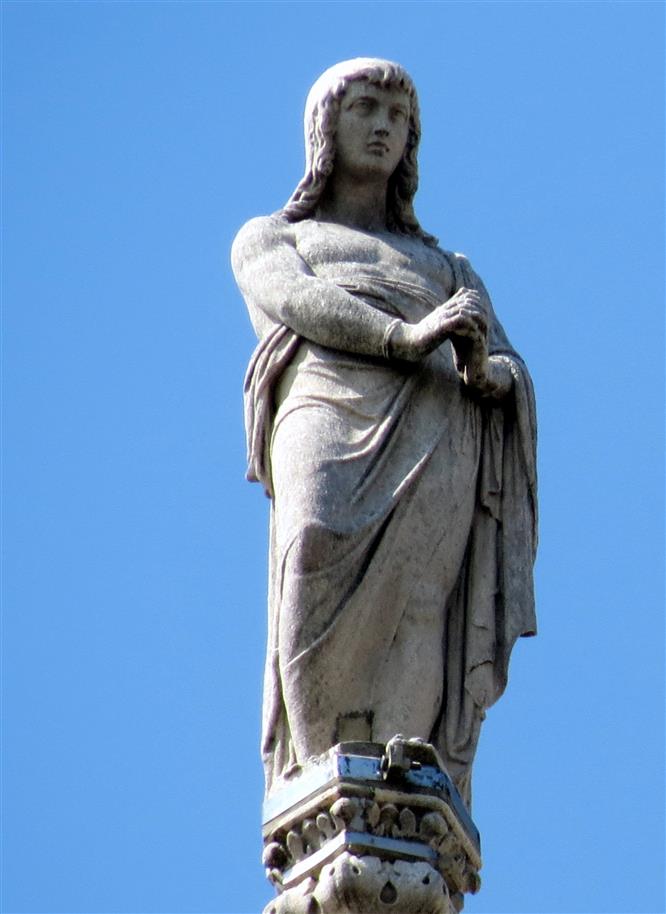This St. Aemilius, older than the one on Spire 56, has not attribute, but is shown only with a beard. If, he is not the Sardinian saint or the Bishop of Beneventum to which reference is made in Spire 56, he could be associated with an Irish Bishop called Aemilianus – a variation of Aemilius – who, from 730 to 740 AD journeyed to Rome to visit the tombs of the Apostles. On his return journey, he fell ill and died in Faenza, where he was buried, before 740, the year when the Longobards took the city and destroyed the saint’s tomb. The Irish St. Aemilianus is portrayed with a beard and pastoral staff, and historical sources are so scanty that many doubt that he actually existed. This is not important: even if he did not exist, Aemilianus represents the thousands of Irish monks who travelled through Europe and Italy while the battles raged between the Lombards and the Byzantines. Many communities from Scotia, the Latin name given to the lands where the Celtic language was spoken, arrived on the continent between the 6th and 11th centuries, on pilgrimages or to preach to the Germanic peoples. Around Ravenna they founded the monastery of St. Peter of the Scoti, the deaconry of St. Mary of the Scoti, the cult of St. Magloire in Bertinoro. And that was not all: Irish monks founded important monastic centres all over Europe, like St. Gall, in Switzerland or Bobbio in Emilia, the latter was the work of St. Columban, one of the best known Irish monks. The Celts were only returning to the lands they originally came from. Before Rome’s powerful war machine was set in motion, the Celtic people lived along the Rhine and the Danube, they looked out over the Atlantic from Brittany, the English Channel from Normandy. They met, together with all the Celtic populations, at the Altar of the Three Gauls, in Lyons, to honour Ostara, the Celtic goddess of spring, when day and night are the same length, and male and female forces are balanced. They populated Spain and Portugal, leaving proof of their Celtic origin in the names of cities, like Braga: “brig” = fortress. Now that the world was changing, that the empire had fallen and new powers competed for Europe, they returned to visit Rome, the city that had tried to subdue them, without ever fully succeeding.
ST. AEMILIANUS OF IRELAND
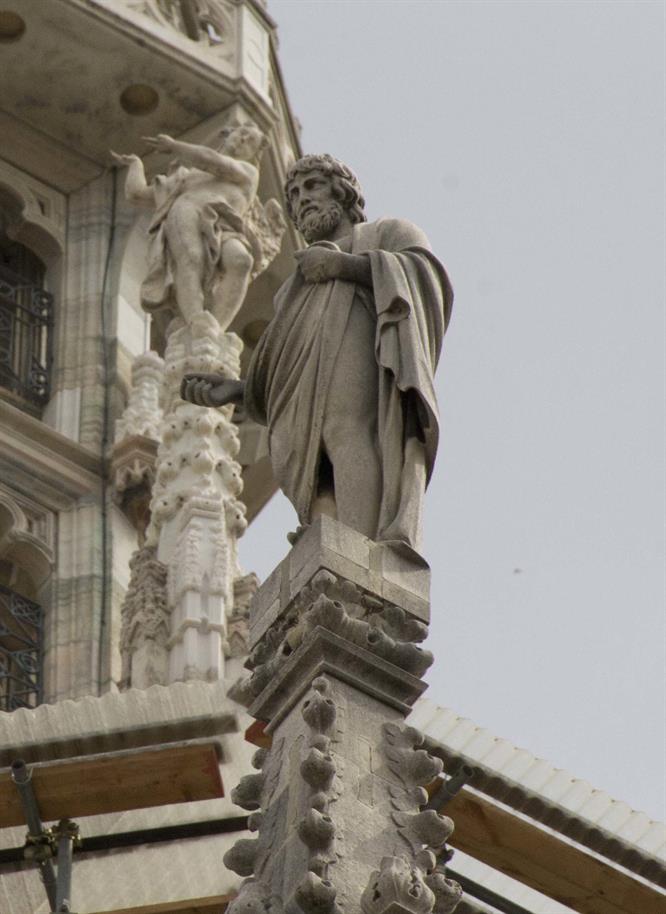
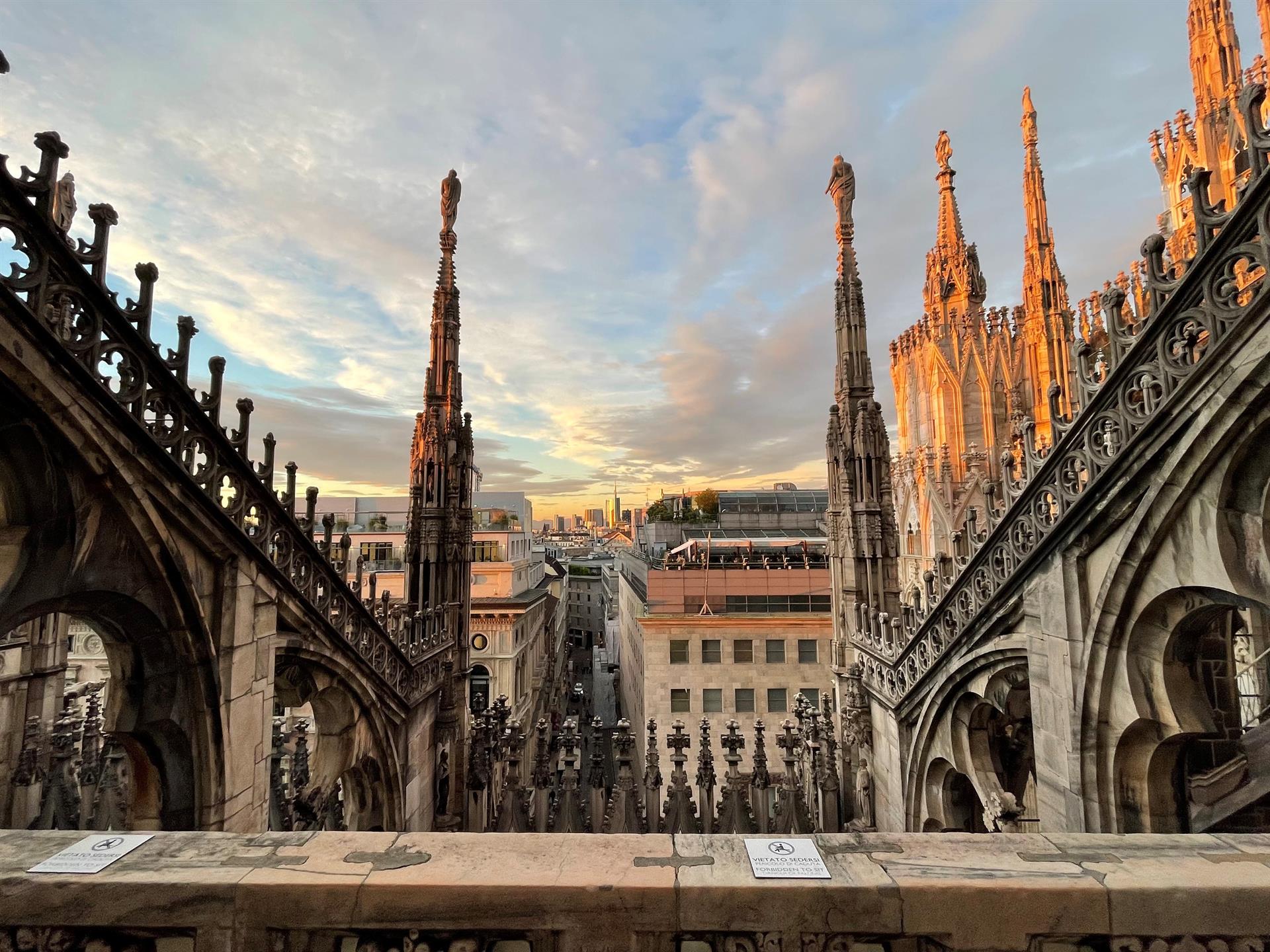
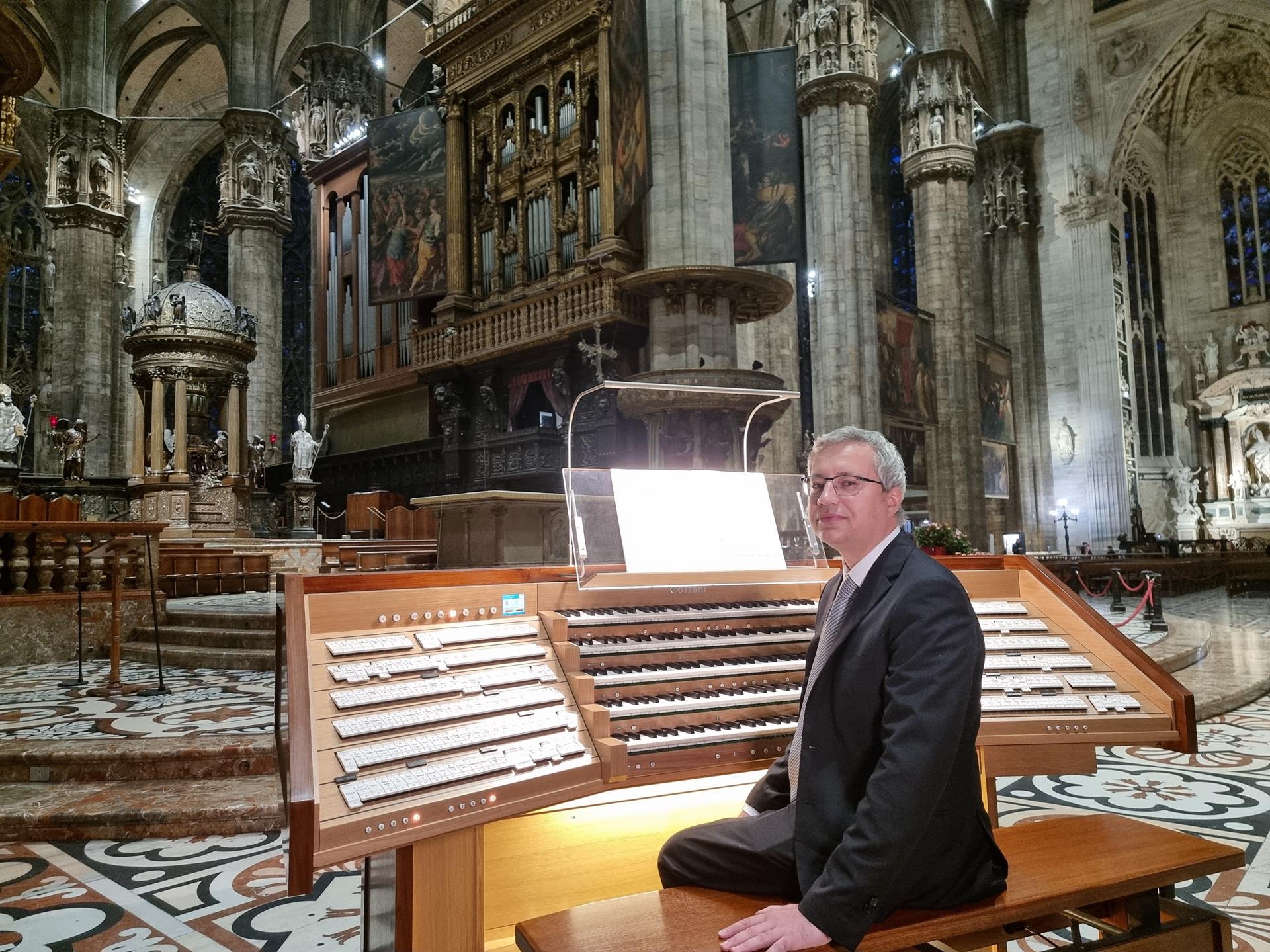
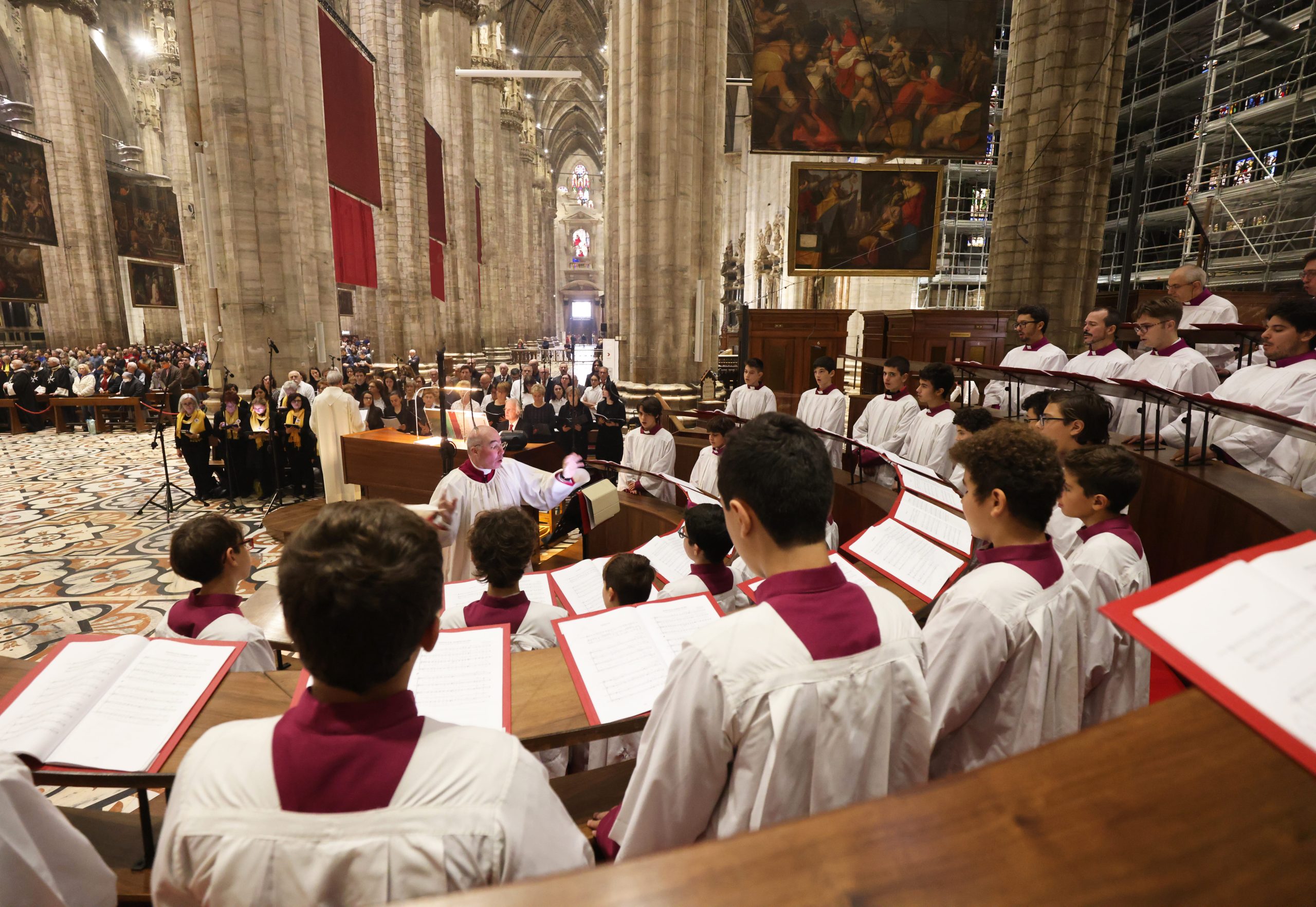
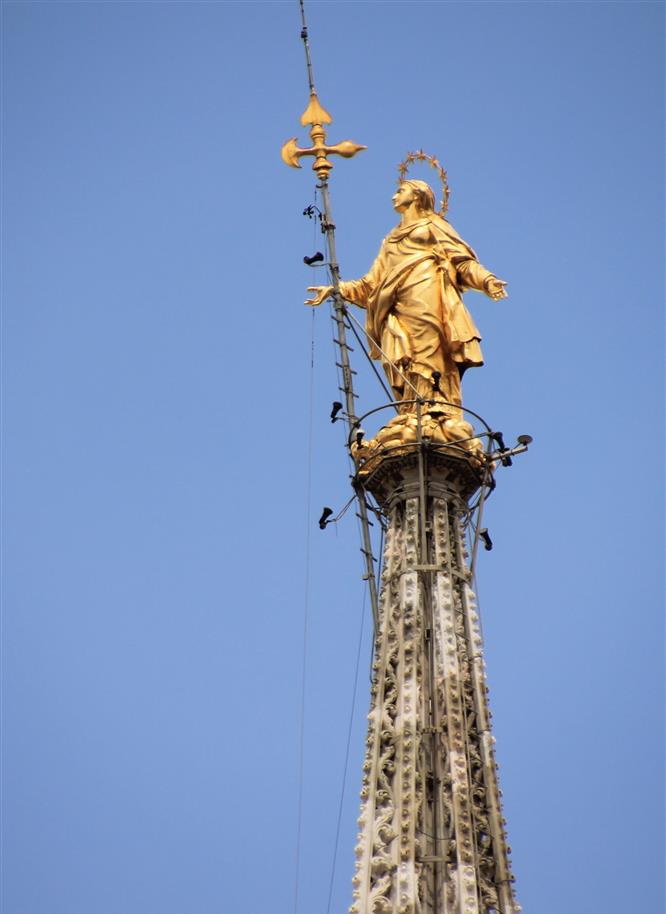
 Tiburio
Tiburio